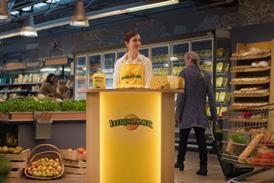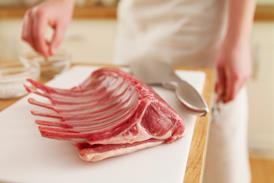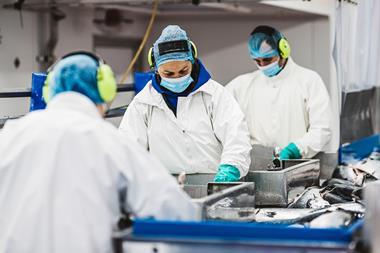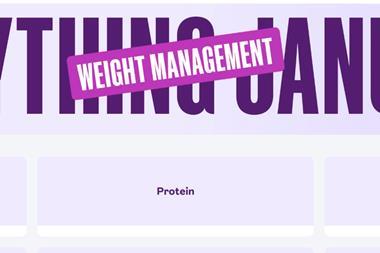
The Marine Conservation Society’s Good Fish Guide is rating fisheries too harshly, industry bodies have claimed.
The latest update of the guide, published last week, calls for more rigorous management and effective policies to create a more sustainable fishing industry.
It features mixed ratings for the likes of Atlantic salmon, brown crab and herring, while advising that skates and rays should be avoided.
Of the 656 ratings in the guide, 148 are on its ‘best choice’ list, while 161 are considered fish to avoid. All new UK ratings are ‘needs improvement’ or ‘avoid’, noted Charlotte Coombes, manager of the Good Fish Guide at MCS. “It’s clear that we need interventions to turn the fate of the UK’s seas around.”
However, Seafish claimed the guide ignored progress being made to improve UK fisheries, and suggested the information was not the most accurate or up to date.
“Good work is already underway in the UK, with industry stakeholders and regulators collaborating on the sustainable management of economically important shellfish and finfish fisheries,” said Aoife Martin, Seafish director of operations. “This includes the shellfish management groups, which bring together industry, government, and researchers, and various Fishery Improvement Projects.”
The updated Good Fish Guide did “not appear to take account of this activity and the positive impact it can have on stock sustainability” she added.
The Scottish Seafood Association raised concerns that some recommendations in the guide were founded on “very little evidence”. It also flagged issues with the methodology, accusing the MCS of “chasing cheap headlines based on prejudice and not fact”.
Coombes responded to criticism by insisting the MCS was “very supportive of the good work already underway to make some desperately needed improvements to the sustainability of UK seafood”.
“For wild-caught seafood, we review capture method and their impacts on the environment, official management measures and stock assessments,” she explained. “For farmed seafood we assess feed sustainability and use; environmental impacts, fish welfare, and regulations and their effectiveness.
“The reasons behind our ratings and details of all the data and reports we have used when making our decisions are online.”



















No comments yet